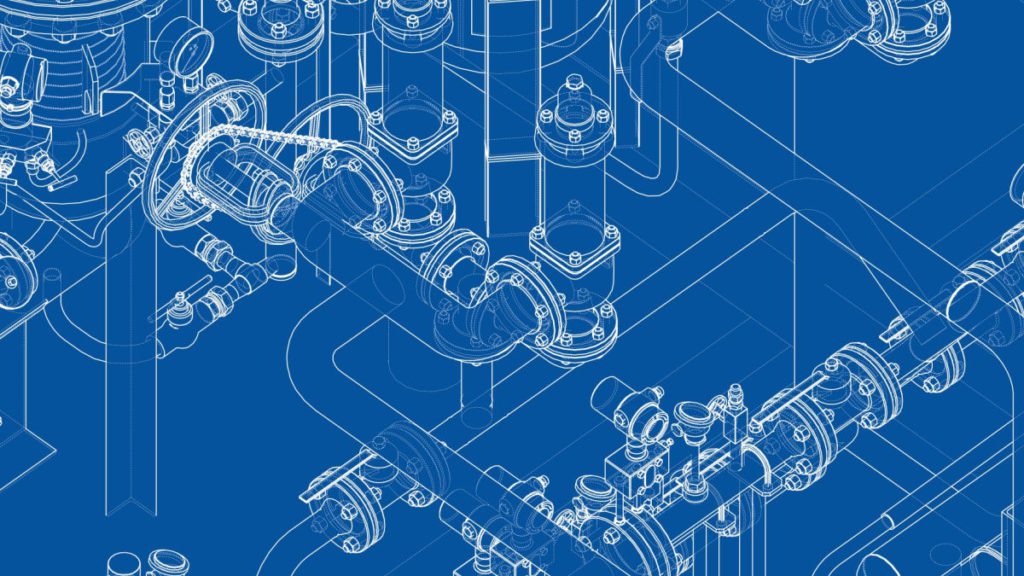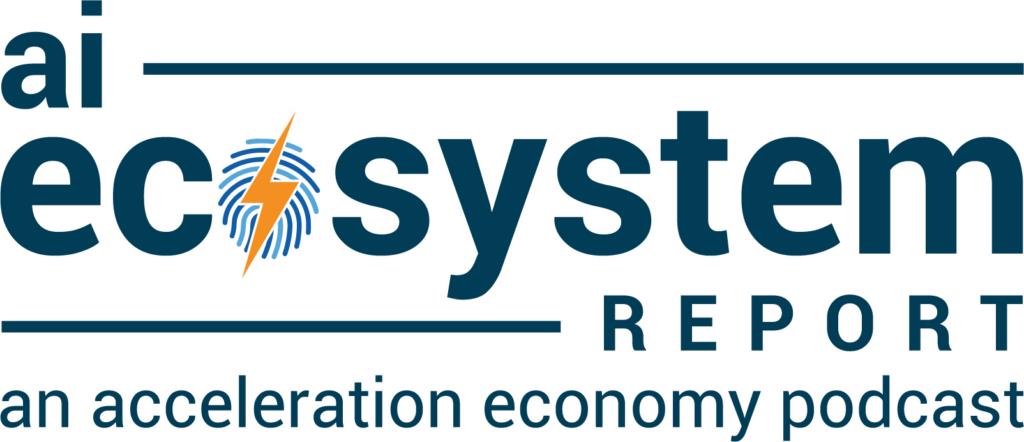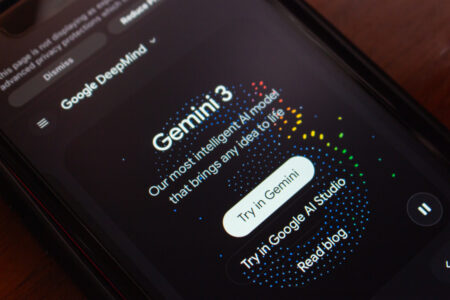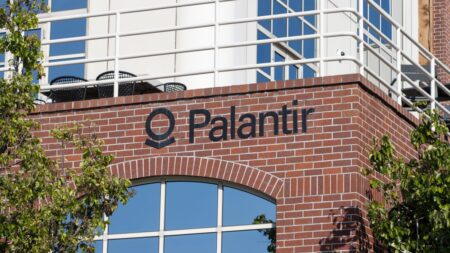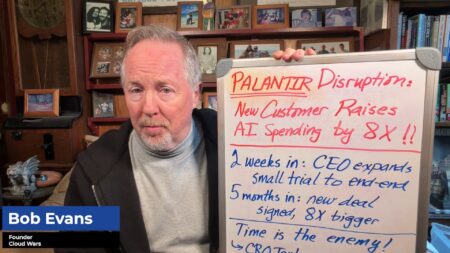While many sectors, such as finance and healthcare, have reaped the benefits of artificial intelligence (AI) and machine learning (ML) (especially when it comes to the supply chain), engineering and construction, despite their sheer size, have been largely overlooked. Australian startup PIPE AI, which has developed innovative AI systems to assist pipe and sewage maintenance on a grand scale, is trying to change that.
The Industries’ Biggest Challenge
Unanticipated pipe breakdowns are among the construction and engineering industries’ most significant challenges. Think about it: If there is an unforeseen breakdown, the home’s water supply could be cut off, and, if there is a leak in a public location, it would potentially affect entire communities. Consider the larger infrastructure projects that need to be completed, or the city council that oversees the larger populations and ensures that their water and sewage systems are properly maintained. Should it be harmed, that area will be forced to contend with a great number of challenges.
And even when there are sufficient resources for routine maintenance, problems can still arise. This is because it takes a significant amount of time for humans to pore over hours and hours of camera footage to see clogs and cracks. Additionally, these things can still also be missed by the naked eye.
How PIPE AI Helps
The PIPE AI technology is an AI-based solution that analyzes pipe conditions and makes recommendations. Your company will be notified by PIPE AI of any predictive failure works, and inspections will be scheduled according to priority. The platform analyzes CCTV footage of a sewage or stormwater asset in an automated fashion to help spot cracks and other abnormalities.
PIPE AI takes advantage of machine learning and computer vision to create, train, and deploy fault detection models that align with the PIPE AI Asset Management Framework. These models are used to identify and categorize defects found in pipe inspection videos to save time, increase accuracy, and decrease maintenance costs by locating faults sooner.
A Game Changer
With this technology in place, the fault-detection model will continuously monitor the footage and categorize the problems identified. This saves time, boosts accuracy, and cuts maintenance costs by locating issues sooner. The AI model can work around the clock, reviewing the footage in order to classify the errors and raise alerts if it discovers anything new.
The model continuously trains itself with new data, and, as a result, becomes more accurate. This is an enormous advantage in terms of cost, as larger organizations and councils lose a significant amount of money trying to repair pipe leaks when there is an emergency.
The emergence of PIPE AI technology can be witnessed in the fact that a few municipal councils and sewage treatment businesses have begun utilizing it to improve accuracy and prevent abrupt leakages and fractures. One is called Unitywater, located in the Australian state of Queensland. Unitywater’s services include water distribution and sewage treatment. Midway through 2021, Unitywater entered a partnership with PIPE AI with the intention of utilizing PIPE AI technology to evaluate the state of its sewerage, water, and stormwater pipelines.
Unitywater’s CEO said on its company blog, “Automation is the way of the future, and we believe PIPE AI is going to play a significant role in the future of asset management.”
Concluding Thoughts
I’m fascinated by PIPE AI’s use of AI technologies to revolutionize the engineering and construction industries, and I anticipate that an increasing number of companies operating in this sector will make use of it. That said, I’m still curious to see the percentage of correct predictions as well as further statistics from the specialists working on this technology. Stay tuned, though, as we will be speaking with PIPE AI on an upcoming podcast episode to discuss this topic and share some intriguing success stories.
Looking for real-world insights into artificial intelligence and hyperautomation? Subscribe to the AI and Hyperautomation channel:


